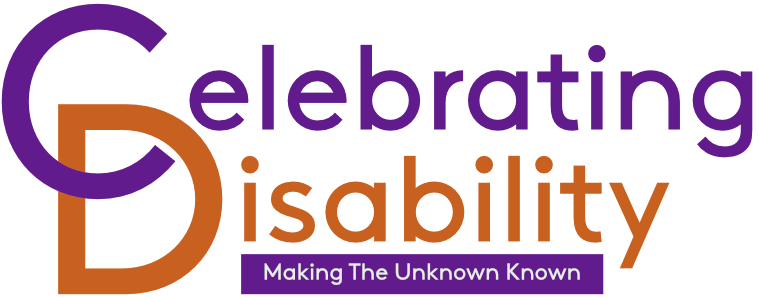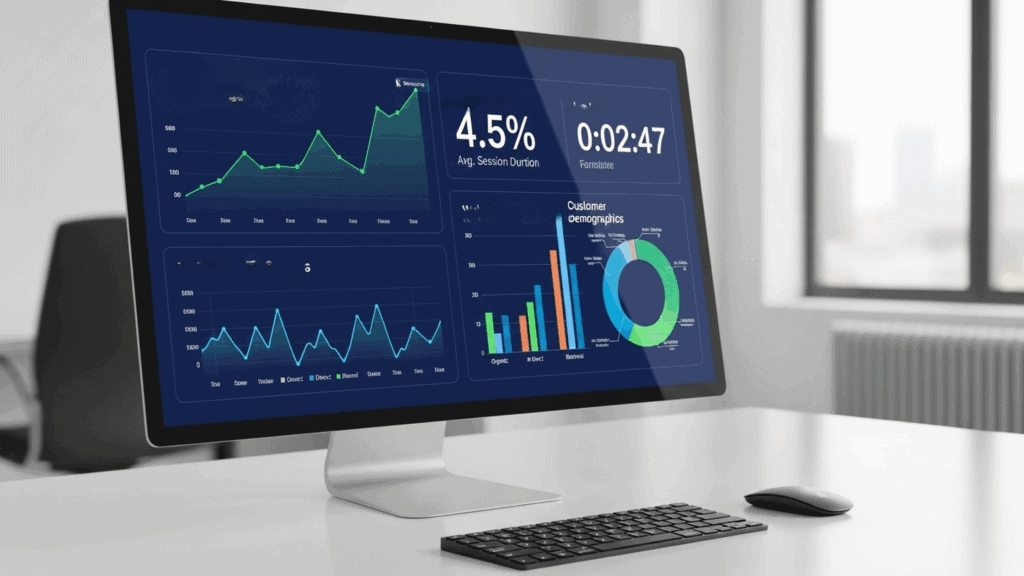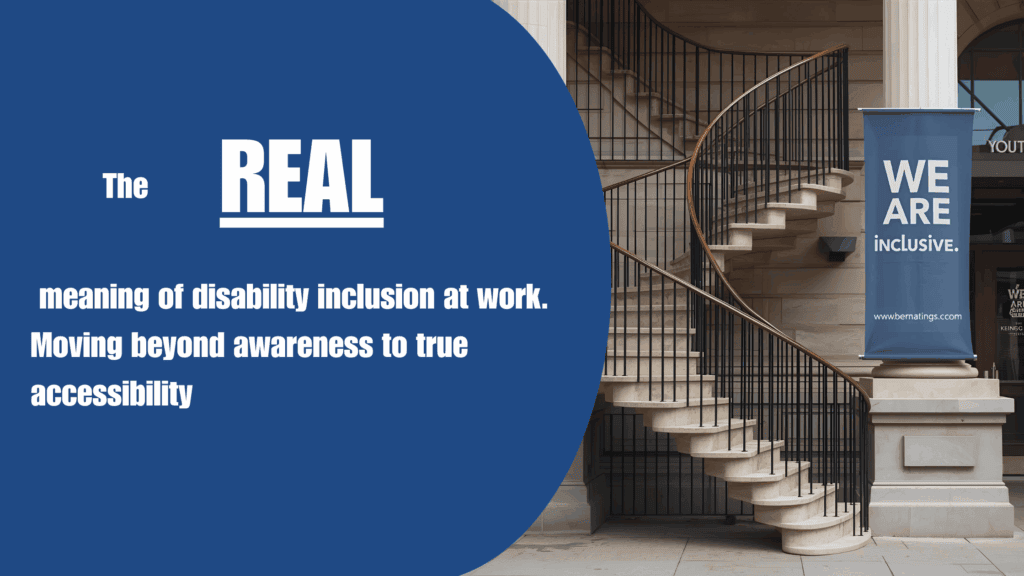Best Practice for Supporting a Disabled Employee
When researching best practice for managers supporting disabled employees at work, there are many articles and blogs on best ways to achieve a diverse workforce, alternates to standard interviews and why hiring a disabled employee makes good business sense. Some blogs that are recommended reading would include:
-
Evenbreak – offering solutions that encourage a diverse workforce
-
Disability Smart – good business sense
and obviously…
- Celebrating Disability – why look anywhere else
Once you have your strategy and reasons for supporting disabled employees in place, the “hard” task begins; the task of supporting and managing a disabled person at work. But actually, the things that might seem “hard”, do not have to be so because supporting a disabled employee is like supporting any other employee.
I think that the sentiment of “hard” comes from thinking about all the “issues” that surround the taboo of disability. But as I stated above, disabled people are no different than any other person or employee at work: every employee has their own personality, their own fears, desires, likes and dislikes, strengths and weaknesses. The same can be said for a disabled person.
Attributes
So let’s think about the attributes needed to be a good, effective manager. These may include:
- Creating open communication
- Fostering and nourishing talent
- Removing the barriers preventing your employees reaching their goals
These are arguably all the skills you need in order to support your disabled employee.
Yes, there are other processes that can be implemented such as reasonable adjustments, flexible working patterns, ensuring access around the building and workspace, formatting documents to be more accessible etc. However, all of this will be a non starter if the 3 points above are not a priority. An open and honest conversation can be the only thing that you need to break down the barriers between you and your employee.
Workplace Adjustments
It is a common misconception that implementing reasonable adjustments will be a financial cost on the business. This is not always the case. In fact, only 4% of reasonable adjustments have a financial implication. Even then, there are quite often funding resources that can be tapped into – Access to Work being one. Most of the time the adjustments that a disabled employee may need are things that can be taken care of in house. For example, a desk that is in a more convenient position, a parking bay that is closer to the entrance, an extra few minutes for lunch time break. This article looks at this in more detail.
Once you have created the environment for your employee to talk to you, seek their advice as to how they can be best supported in their role. As you will know yourself, nobody is better equipped to know what they need than the person themselves. After this, you can work together to source the equipment, add the resource, adapt the environment for the employee to thrive.
Esi’s Final Thoughts
- Every disabled employee is unique – a one size fits all approach will never work
- Not all disabilities are visible – just because you can’t see it, doesn’t mean it’s not there
- Do not let unconscious bias determine your relationship – get to know your employee as an individual
Celebrating Disability has a 30-day service that starts you on your journey to an inclusive workplace. To find out more and discuss your options, book a 30 minute chat with Esi and check out our services.




